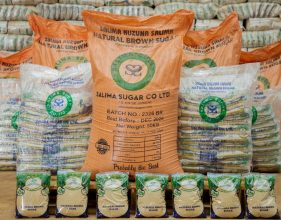UN faults policies on rising inequality
The United Nations Development Programme (UNDP) has faulted the country’s weak economic policies for the continued rise in inequality or gini coefficient.
Gini coefficient is a statistical measure of distribution and is often used to gauge economic inequality, measuring income distribution or, less commonly, wealth distribution among a population, ranging from 0 (or 0 percent) to 1(or 100 percent), with 0 representing perfect equality and 1 representing perfect inequality.
According to a UNDP Income Inequality Trends in sub-Saharan Africa Report, low manufacturing transformation and spending on secondary education, poor economic governance and unaffordable fertilisers have fuelled the rising levels in inequality.
Reads the report in part: “Spending on secondary education absorbed as many resources as all other social protection programmes taken together.
“However, recent studies show that Farm Input Subsidy Programme [Fisp] was not able to address the problem of fertiliser affordability for the poorest smallholders and that the targeting process failed to reach the poorest strata.”
In his speech during the launch of report in New York on Friday, UNDP regional director for Africa Abdoulaye Mar Dieye said the development is putting a break on human development, fuels exclusion, insecurity, instability and increases violent extremism.
“In spite of economic progress achieved over the past one and a half decades, with gross domestic product [GDP] growing at approximately annual average of about 5.0 percent, poverty remains high in Africa—41 percent compared to other developing regions—3.5 percent for East Asia and the Pacific and 5.4 percent for Latin America and the Caribbean.
“The high level of inequality weakens the poverty-reducing power of economic growth on the continent. It can put in jeopardy the aspirations to leave no one behind,” he said.
A report released by Oxfam in December 2015 titled A Dangerous Divide: The State of Inequality in Malawi showed the growing levels of inequality with the gap between the richest 10 percent and the poorest 40 percent widening by almost a third between 2004 and 2011.
According to the report, during the same period, the Malawi’s Gini coefficient also jumped from 0.39 (at par with Cameroon) to 0.45 (at par with Democratic Republic of Congo).
The Oxfam study showed that if inequality increases at the same pace it did between 2004 and 2011 with consumption projected to grow by 10 percent, the projected number of poor people in 2020 would be 9.5 million.
Minister of Finance, Economic Planning and Development Goodall Gondwe is on record as having acknowledged the threat that inequality poses to the goal of attaining sustainable development. n






